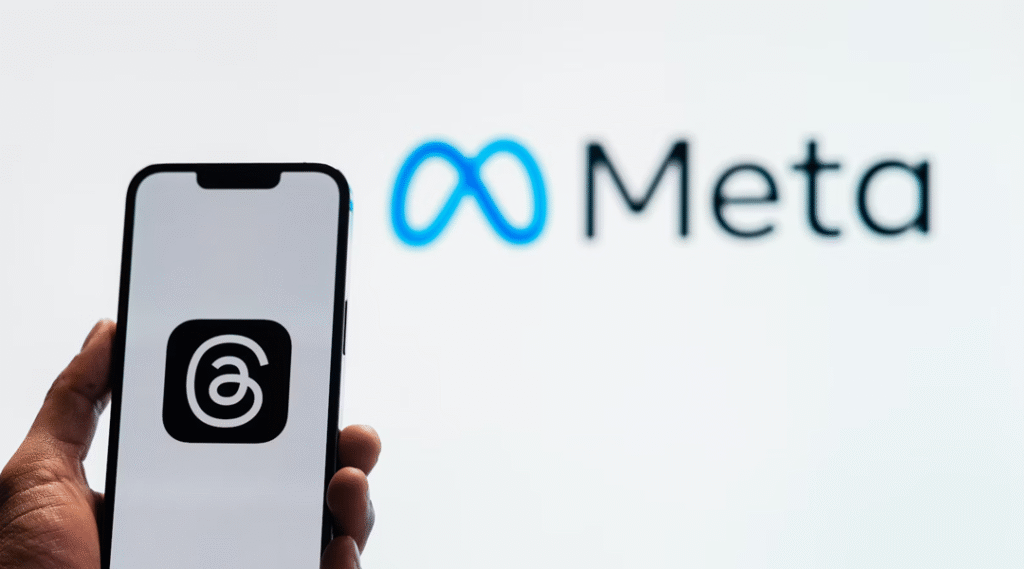When Meta officially launches AI-enabled glasses at scale, the company will arrive with structural advantages most competitors can’t match. Brand recognition, deep R&D resources, a massive content and social ecosystem, and access to capital and supply-chain partners create a high barrier to entry. But dominance is not guaranteed — privacy concerns, regulatory pressure, and fierce competition from Apple and others are real constraints. Here’s a focused analysis across the most important angles.
Brand influence and distribution muscle
Meta’s brand is polarizing but undeniably powerful. It controls the world’s largest social platforms and has cultivated a consumer base already comfortable with immersive experiences via Oculus/Quest. That gives Meta two key advantages: immediate visibility and an established distribution funnel. Preorders, bundled content, and cross-promotion across Facebook, Instagram, WhatsApp, and Instagram Reels can accelerate awareness and initial uptake in ways new entrants simply cannot replicate. Moreover, Meta’s existing relationships with carriers, retailers, and app stores smooth the path for broad market rollout.
R&D strength and engineering depth
Meta Reality Labs has invested heavily in AR/VR and AI for years. The company combines computer vision, edge AI, natural language processing, and hardware design expertise — a multidisciplinary stack vital for credible AI glasses. Meta’s ability to prototype quickly, iterate firmware and cloud services, and integrate models across devices (from glasses to headsets to phones) is a major advantage. Long-term research projects (e.g., spatial computing, hand tracking, and low-power neural accelerators) can be productized faster because Meta houses both the basic science and the engineering teams that scale it.
Product influence: ecosystem and service lock-in
AI glasses are not just hardware — they are gateways to services. Meta can layer proprietary experiences (social overlays, real-time translation, contextual ads, AR meeting rooms) that increase user stickiness. If Meta couples glasses with a compelling software platform and developer APIs, it can create an app ecosystem that locks users in. This “ecosystem effect” is decisive: buyers choosing glasses for unique features (social AR, mixed-reality navigation, integrated digital assistants) will face high switching costs if those experiences are exclusive to Meta.

Capital flows and supply-chain advantages
Meta’s financial firepower allows it to subsidize devices, integrate vertically, and absorb initial losses common in hardware launches. The firm can invest in custom silicon, negotiate favorable supply contracts with component makers, and justify large-scale manufacturing runs that drive down per-unit costs. Investors and partners often follow the money — component suppliers, chip designers, and third-party developers will gravitate toward Meta’s program because it signals scale and continuity. This cascade effect locks in supplier capacity and developer mindshare, accelerating ecosystem growth.
Competitive landscape and threats
Meta faces fierce competition from Apple, Google, and specialized AR startups. Apple’s brand trust, UX design, and premium hardware experience are formidable. Google’s software integration and visual search capabilities are also strengths. Startups may out-innovate on niche features or privacy-first designs. Critically, Meta’s biggest vulnerability is trust: ongoing concerns about data use, targeted advertising, and surveillance may depress adoption or invite regulatory constraints that limit functionality (e.g., bans on facial recognition or restrictions on data sharing).
Privacy, regulation, and social license
AI glasses amplify privacy questions: continuous cameras, always-on sensors, and rich contextual data create political and legal exposure. Meta’s past privacy controversies make public acceptance riskier. Regulators in Europe and parts of Asia may enforce strict rules on biometric processing and advertising. Meta will need to invest in transparent privacy controls, on-device processing for sensitive tasks, independent audits, and clear user consent flows to avoid backlash. A failure to address these concerns could slow adoption regardless of technical or financial advantages.
Market adoption and use cases
Practical use cases will determine consumer uptake: navigation overlays, live translation, fitness coaching, contextual search, and hands-free social capture are immediate value propositions. For enterprise, glasses that support remote assistance, warehousing, and medical workflows could drive early revenue and validation. Meta’s strength is packaging social-first and consumer-use cases together with enterprise pilots to broaden the addressable market.
Will Depend As Much on Its Next Moves
Meta is structurally positioned to lead the AI glasses market because of brand reach, R&D depth, ecosystem power, and capital. To translate that position into lasting dominance it must: (1) prioritize privacy-by-design and on-device AI to rebuild trust, (2) open compelling developer tools to foster third-party innovation, and (3) partner effectively with hardware and chip suppliers to scale affordably. If Meta balances technical ambition with responsible governance, its combination of software, social context, and hardware scale could make it the default platform for mainstream AR/AI eyewear — at least for the next wave of consumer adoption.
In short, Meta has the ingredients for market leadership. Whether it becomes the unquestioned market leader will depend as much on its next moves in trust and regulation as on its technological prowess.
More articles for the relative topic:
From Screen to Lens: Can AI Glasses Truly Take Over the Role of Smartphones?
Wearing the Future: Why Smartwatches Are the Ideal Gateway to AI and IoT for Everyone
AI Chip Battle Among NVIDIA, AMD, Intel and More Competitors
As for in-depth insight articles about AI tech, please visit our AI Tech Category here.
As for in-depth insight articles about Auto Tech, please visit our Auto Tech Category here.
As for in-depth insight articles about Smart IoT, please visit our Smart IoT Category here.
As for in-depth insight articles about Energy, please visit our Energy Category here.
If you want to save time for high-quality reading, please visit our Editors’ Pick here.



